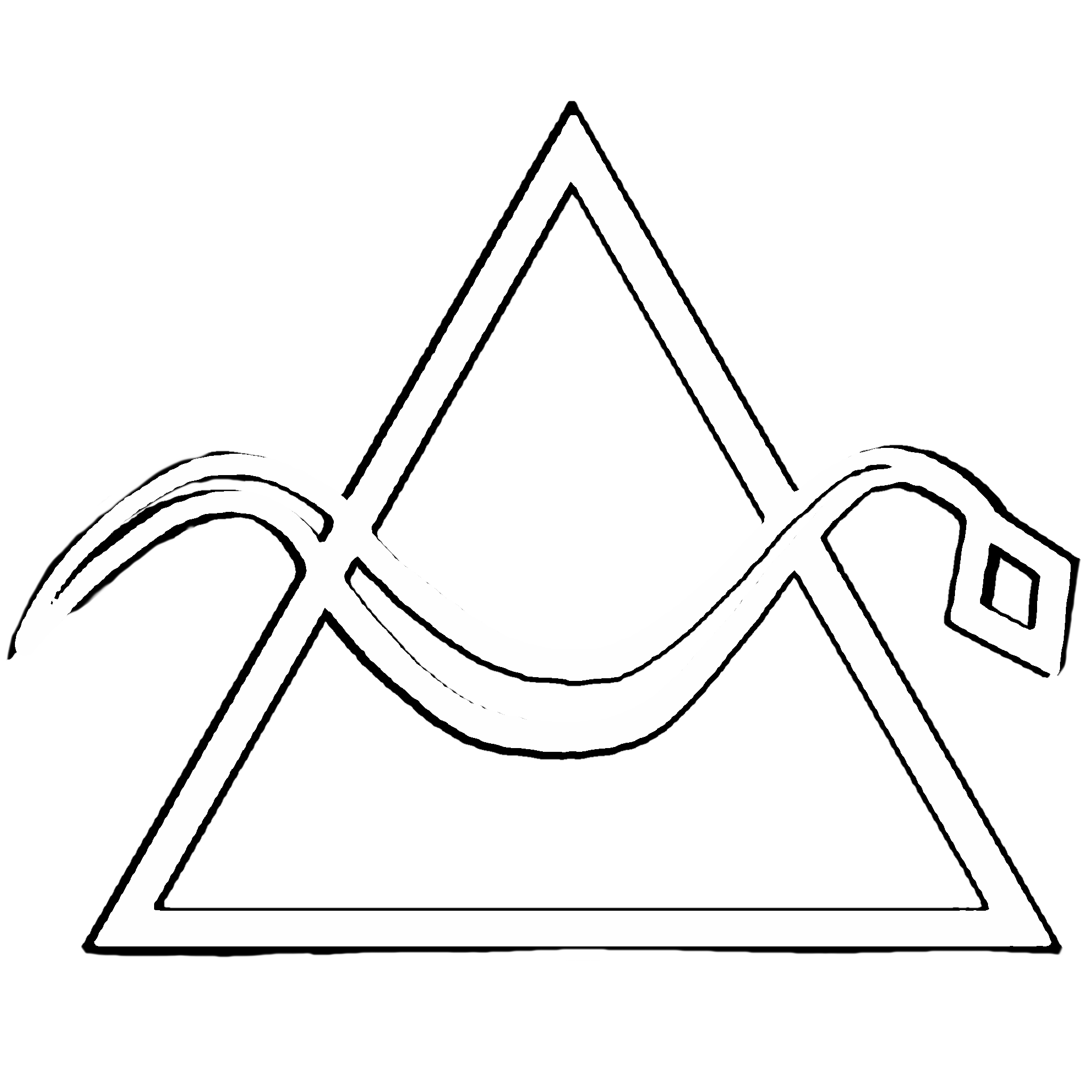NZATD 2025: Technology to support engagement in workshops
What I’m writing about here is the format we used for the session, which was a bit of an experiment around using AI to drive engagement in a live session.

At the NZATD conference this year, Ben J. Campbell and I ran a workshop to help members of the association explore options around updating the NZATD competency framework.
Ben is the CEO of AITD, the Australian counterpart of NZATD, and has just come out of leading the development of their (truly impressive) competency framework. It’s a great-looking framework, with lots of thought, consultation, and work having clearly gone into the design and development.
Our session aimed to establish whether NZATD’s 2017 framework is still fit for purpose, and what direction members would be keen on for updating it, if that is required.
That’s the background for this post, but not the point. What I’m writing about here is the format we used for the session, which was a bit of an experiment around using AI to drive engagement in a live session.
So what did we do?
After mihimihi (greetings) and explaining the overall agenda and purpose of the workshop, I used a Microsoft Forms survey to seek out the participants’ hopes for and concerns about updating the current framework.
Then, while Ben gave a presentation on the Australian framework development experience, I used Synapsys’ private ChatGPT instance to run a themes and outliers analysis on the Excel sheet from the Forms survey.
Ben had 10 minutes for his presentation, and I had time to download the Excel, upload it to ChatGPT, run the analysis, briefly sense-check the results to look for AI hallucinations, and create a new slide in our PowerPoint presentation.
It really helped that Ben needed to use the display for a bit, so I had my laptop’s screen out of sight while I built the new slide.
Then, after Ben finished presenting, I was able to share with the group the analysis of what they had said. The tool had done a great job of sorting the feedback into categories and showing which concerns and hopes were more general, and which were held by only one person in the room.
I then talked briefly through the history of our current framework and how we use it, and then we asked everyone to hold small group discussions.
This approach seemed to kick off quite vibrant conversations.
To wrap up, we recorded each group’s verbal statements about what they thought and felt. Next, I’ll be pulling together all the data from the session, including the transcript of the recordings, and sharing that back to the NZATD committee, so they can move forward with a clear understanding of members’ wants and needs.
It was a fun session, and it worked just about as well as I’d hoped. There were two things I’d change if I did it again:
- I think I’d do the history before the quiz next time. It would have been a good introduction to it, and it felt like everyone was very ready to talk after they saw their thoughts reflected in the survey analysis.
- I wish I’d had a spare laptop, not connected to the display. It was great that Ben’s was there, but we hadn’t planned that bit brilliantly. Ideally, a spare laptop but a shared PowerPoint document, so I could update the presentation from either machine.

